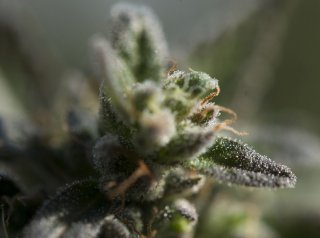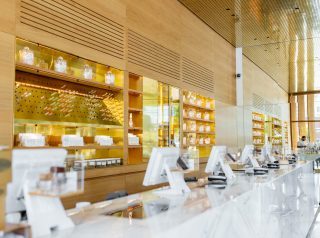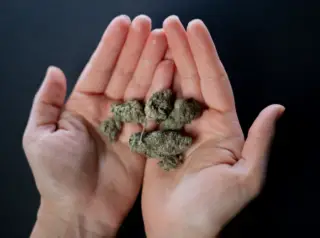Cannabis plants are called weed for a reason. They are persistent growers that will sprout and flower even in untoward conditions. In fact, some growers have found success in doing the bare minimum yet enjoy a relatively modest yield. Still, would it not be great to pluck more than a few ounces of buds after each harvest?
The truth is, cannabis performs better in an optimal environment. It yields vigorously and each bud is more potent than that of indigenous landraces. It can be difficult to recreate favorable conditions outdoors, but it is possible indoors – especially with the advancements made in the indoor growing industry over the years.
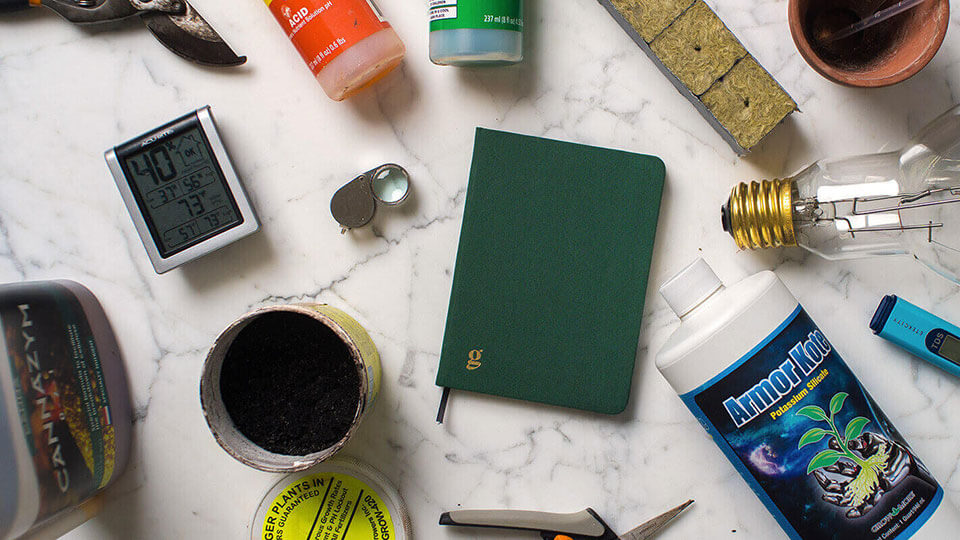
With the right equipment, it is possible to replicate an indoor set-up that makes headway for superb growth that helps marijuana achieve better yields and higher potency. Tools are also available so growers can routinely check the cannabis’ environment. In this way, the plants do not run into problems or extreme stress while performing their best.
Investing in the right growing materials is crucial, but the task can be quite daunting for beginners who have no idea where to start. Thankfully, we are here to lift that off with a catalog of beginner-friendly equipment recommendations.
Page Content
The Ultimate Equipment Shopping List For Beginners
For first-time growers, the correct equipment can reduce the burden of growing cannabis for the first time. It helps one identify symptoms, diagnose problems, and address them effectively in the quickest way possible. More importantly, it is aids in learning skills that are essential to achieving a great grow.
1. Grow Tent
Grow tents, in a nutshell, are small portable grow rooms. They function similarly to an indoor growing area in that growers create and maintain an environment that is beneficial for cannabis. Apart from climate control, the tents also provide extra protection against potential pests, disease, and contaminants.
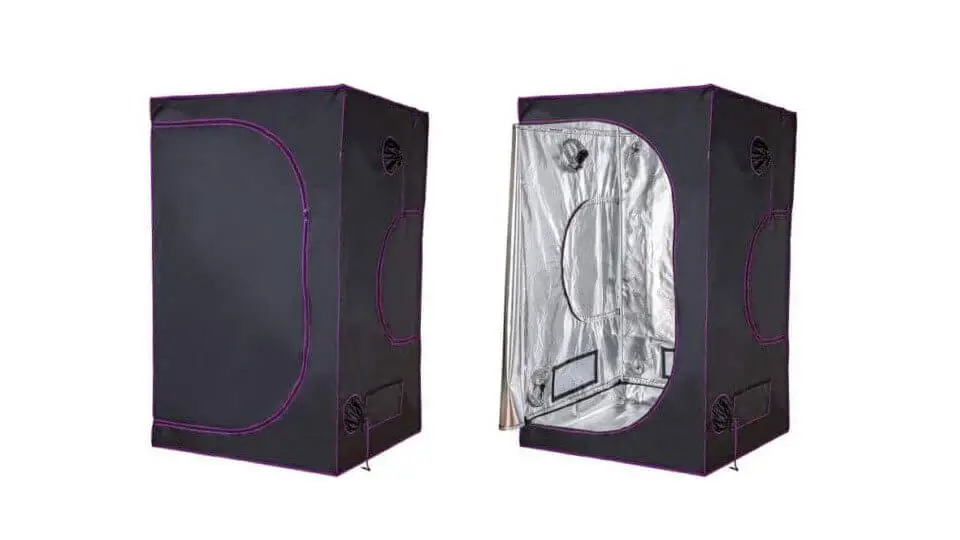
Among its features is that it is energy efficient. It maximizes a light’s capacity with its reflective interior, ensuring that the light hits other parts of the plant. During periods of total darkness, which is vital to plant health, it does not let any light seep into the area and interrupt the respiration process.
If you are capable of carrying out DIY projects, you can also build your own grow tent or utilize a spare room like a closet. Just make sure that the space is completely light-proof to avoid any disruptions during the dark cycle.
2. Growing Medium
A growing medium is the substance by which a plant grows as well as absorb nutrients and water. There are various types sold in gardening stores but two of the most used growing media in cultivating cannabis are:
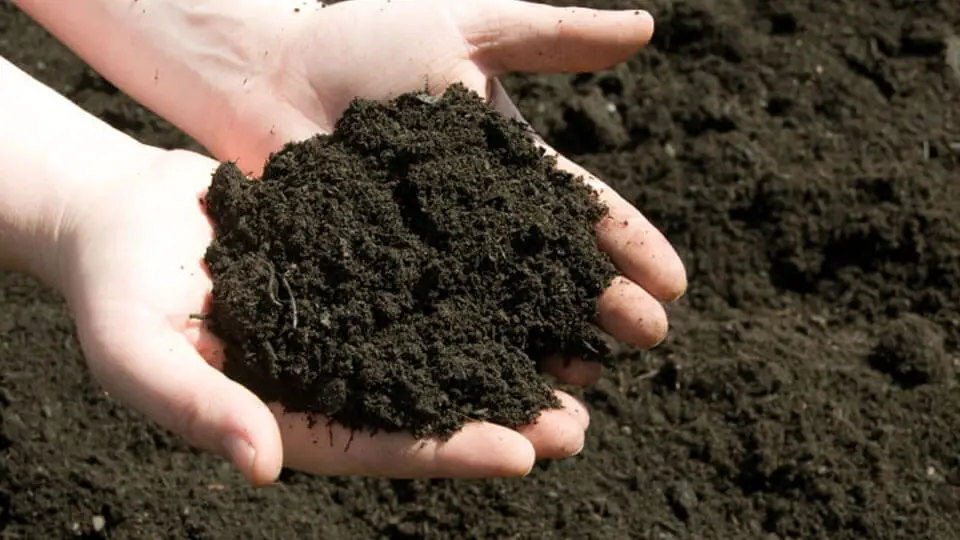
Normally, the medium used rarely has influence over the cannabis’ wellbeing so long as it is receiving the appropriate nutrients, amount of light, and water. But, for beginners, it is always best to start with a medium that is easier to manage like soil. Moreover, there are pre-mixed bags of soil which have been fortified with nutrients and minerals readily available in many growing supply stores that make it easier for first-time growers.
3. Pots Or Containers
Naturally, a growing medium like soil would need a container. Otherwise, it would just be dirt all over the grow tent or area’s floors. This is where pots or containers come in handy.
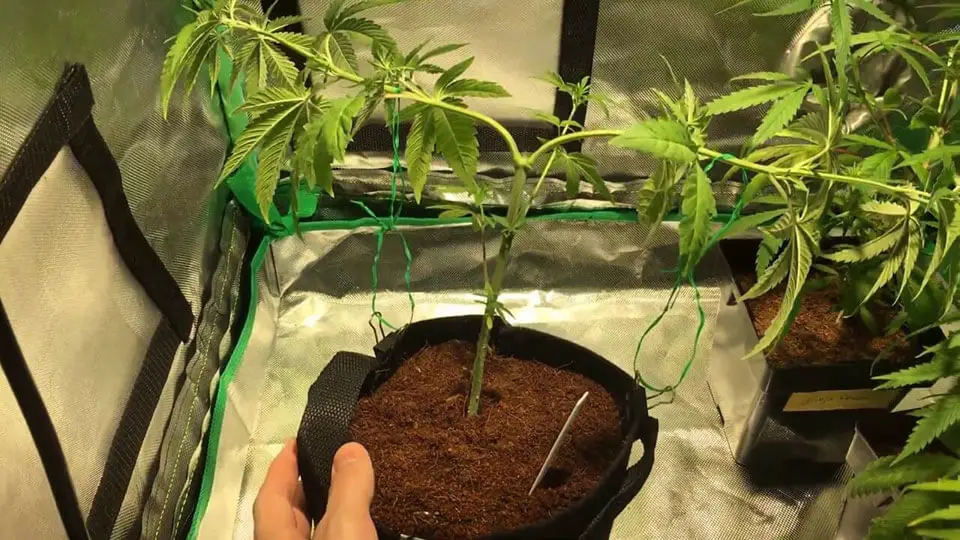
Containers house the soil where the plant is sowed. Therefore, the biggest concern is whether or not the pot provides the best environment for the root. Some containers do not support drainage, drowning the roots as a result, while others do not support airflow. Thus, a good container has a significant impact on the development of the roots and, consequently, the plant’s overall growth and quality.
- Terracotta Pots. Pots made out of terracotta provide a great environment for plants to thrive. The unglazed clay is made of porous material that allows for better water and air movement. It wicks off moisture too, which makes it an advantage if one tends to overwater, and could act as an insulator that protects the plants against temperature changes.
- Plastic Pots. These types of pots are common in modern gardens. They are cheap and easily available. Compared to terracotta pots, plastic pots are lightweight and flexible but still retain their strength. Since it keeps moisture in, it is best for water-loving strains.
- Fabric Pots. Fabric pots are designed to eliminate the common problems associated with solid and confined regular containers. These vessels are made of porous textile which provides proper aeration for the root system, preventing issues such as root binding and root rot. It is a bit costly though.
Apart from the material of the pot, another factor to consider is size. Initially, seedlings and young clones are planted in 3 to 4-liter dark, plastic pots. During the latter stages of growth, cannabis can be transplanted into bigger pots with a 5 to 7-liter capacity. Ensure there is a saucer or tray to collect the run-off water.
4. Lighting
Light is one of the most important elements in cannabis cultivation. If the plants receive an adequate and consistent amount of illumination, it can perform biological processes such as photosynthesis properly. When growing outside, this is provided by the sun free of charge. Indoor growing, on the other hand, relies on light provided by grow lights.
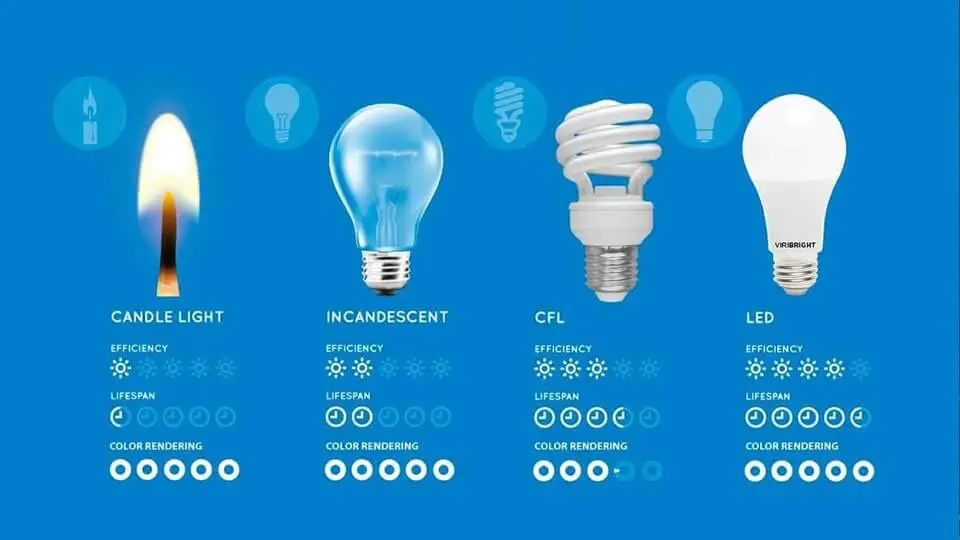
Grow lights can come in different sizes and shapes. Most definitely, there will be light fixtures that fit the needs of a small first timer’s grow with no sacrifice in either power, budget, and energy. For beginners, the two best options are:
Note: There is another type of light called High-Intensity Discharge (HID) which ranks among the most common lights used for indoor cannabis growing. It provides powerful illumination, boosting yields to the highest degree. However, it is usually reserved for professional growing or huge gardens. Using it for a small garden could burn the plants.
5. Good Quality Watering Solution
Water is indispensable to a plant’s growth. It is what transports nutrients absorbed by the roots to the rest of the plant. Without it, cannabis can become thin and malnourished. It also keeps the plants turgid and maintain the right temperature.
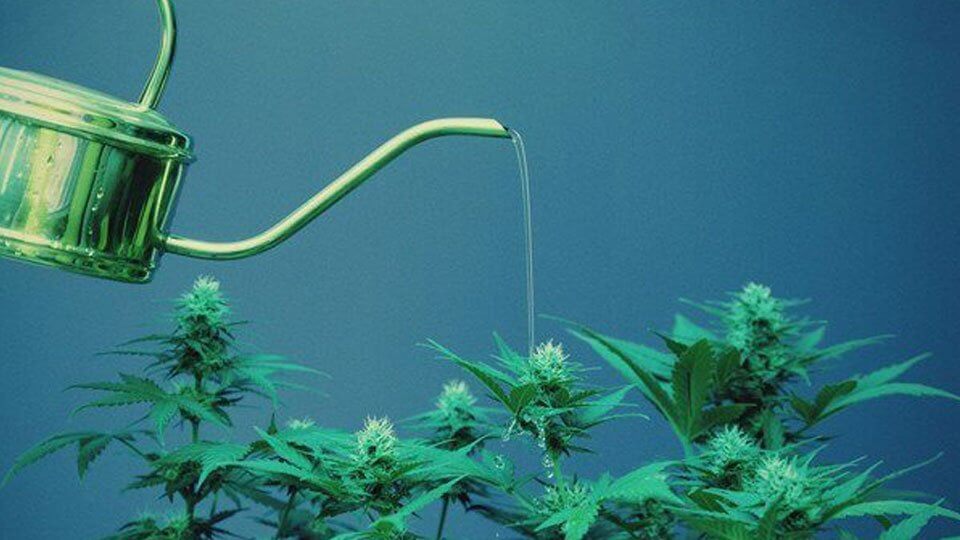
There is one thing though. The water must be at a pH level of 5.5 to 6.5. In this range, cannabis can take up nutrients quicker and easier. Regular or tap water tends to be acidic due to its high pH, transporting less nitrogen, phosphorous, potassium, calcium, among others. It tends to have chlorine too, which can have an impact on organic gardens since it could remove beneficial organisms.
Good quality water should also have a PPM of 800 to 1600, depending on the growing stage. The PPM or parts per million refers to the concentration of particulates in the solution or the nutrients inside the water. Achieving the right pH and PPM values means ensuring maximum nutrient bioavailability for the plants.
The pH can be tested using either a digital meter or litmus paper. Meanwhile, the PPM can be determined using a Total Dissolved Solids (TDS) meter. Both are inexpensive devices that ensure growers provide cannabis plants with nutrient solution that helps it grow.
A portable watering can with a long spout could be used to water the plants.
6. Thermometer
The ideal temperature for cannabis is 18-30°C (76585°F) during the day. At night, the herb prefers cooler conditions ranging from 17-20°C (62-68°F). If the temperature exceeds the optimal range, the plants would be at a higher risk of exposure to health issues, infestation, dehydration, and heat stress. Conversely, cold temperatures stunt plant growth either by slowing or stopping it altogether.
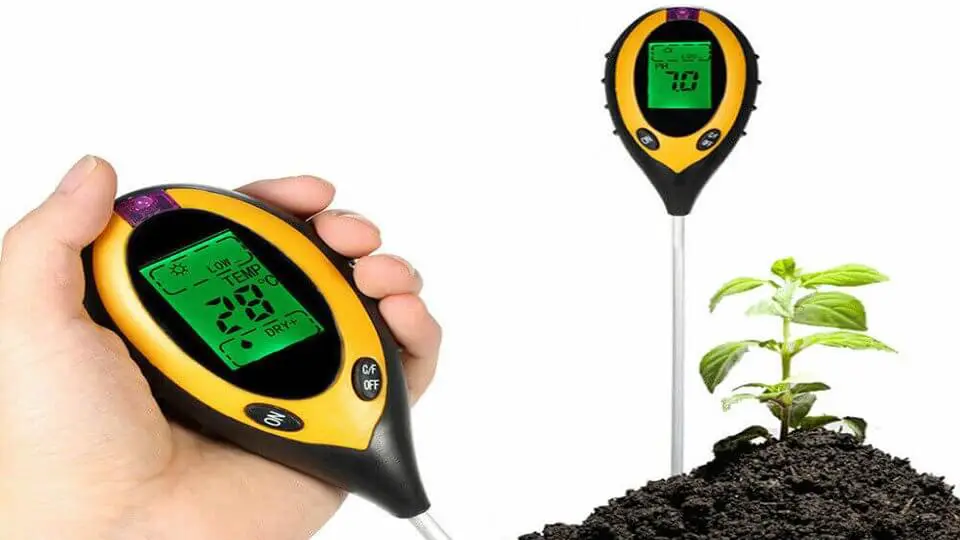
A thermometer will make it easier to monitor the temperature inside the grow area. By knowing how or cool the room or tent is, growers can effectively implement ways to reduce or raise heat. Mitigating any potential temperature-related issues or mishaps with the equipment in its tracks could also contribute to plant health in the long run.
Growers might want to consider instead of a thermometer is a hygrometer. It measures both temperature and relative humidity – two factors that often intersect when it comes to creating the ideal plant environment for plants to thrive. In this way, too, one can save money by not buying a separate a measuring tool for humidity.
7. Ventilation
Ventilation regulates humidity, reduces heat, manages air temperature, and balances carbon dioxide which maintains plant health. It keeps the grow area from turning into a hub for infestations and prevent the development of diseases such as mold or mildew. Proper air movement also contributes to the stalk’s strength as the fans cast a light breeze toward the plants.
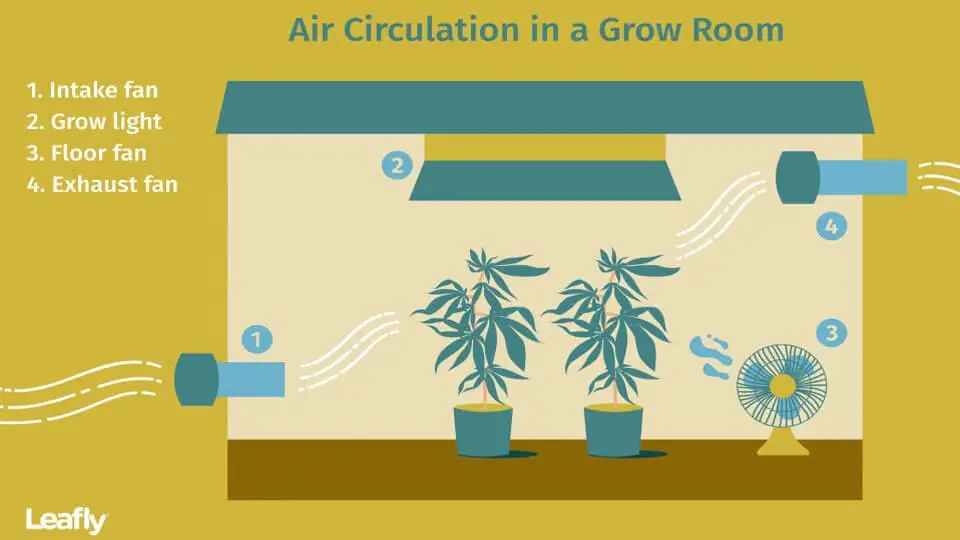
Indoor growing entails controlling the movement of air with a basic ventilation set-up composed of an intake fan and an exhaust fan. The former draws in cool air of the surrounding room while the latter expels stale, warm air out of the grow area. Breeders using a small grow tent often only make use of one intake and exhaust fan. The extractor fan is mounted inside the roof of the tent as close as possible to the ventilation hole.
Of course, ventilation systems need to be well suited to the grow area otherwise problems might arise. A good way to determine how powerful a fan should be is through calculating for the air volume which can be obtained with a simple equation.
Air Volume = Grow Area Length x Grow Area Width x Grow Area Height
The next step is to consider lighting. Some fixtures such as HID lights can get quite hot, raising the temperature inside the grow area. In such cases, it would only be natural to purchase a fan that is slightly more powerful.
8. Grow Light Timers
Most cannabis plants are photoperiod strains. This means that light plays a huge role in its transition from one phase to the next as well as its development. Moving from 18 hours of daylight to 12 hours, for instance, signals the plant to stop vegetating and start flowering. For it to be successful, however, the number of hours between day and night must be consistent. Otherwise, it would just stress the plant.
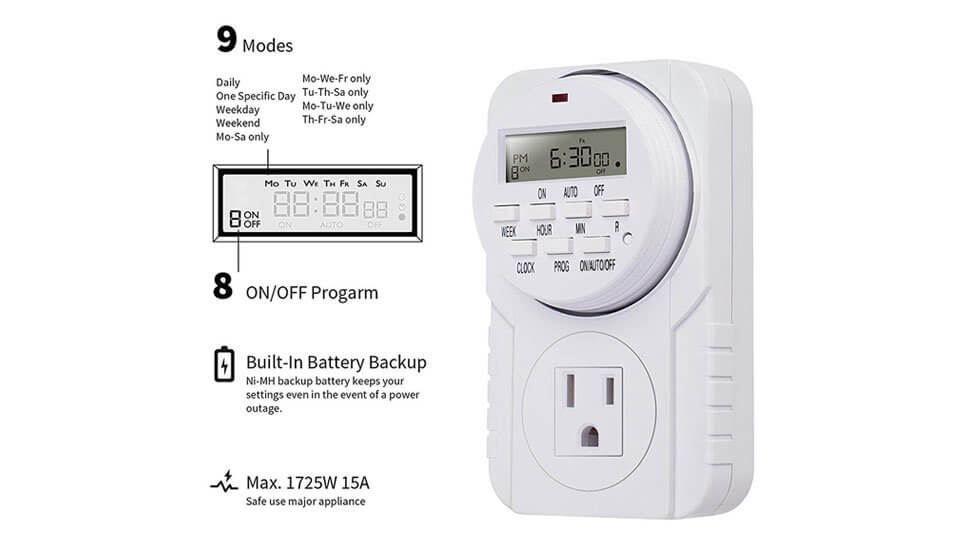
Grow light timers help growers monitor how much light the cannabis is receiving. It regulates the plant’s exposure to artificial sunlight indoors by automating when the lights turn on or off. These timers can also regulate ventilation depending on how it is programmed and are a beneficial addition to the grow room.
As a rule, always choose a device with a wattage that is higher than that of the total amount of electrical power of the lighting setup. Some timers can only regulate a single fixture and having it manage more than one light can lead to its malfunction.
9. Fertilizers
Soil contains nutrients and minerals that plants use for their diets. At times, however, it is not enough even when using super soil or good quality soil. This results in plants showing signs of nutrient deficiency such as yellowing and curling among others.
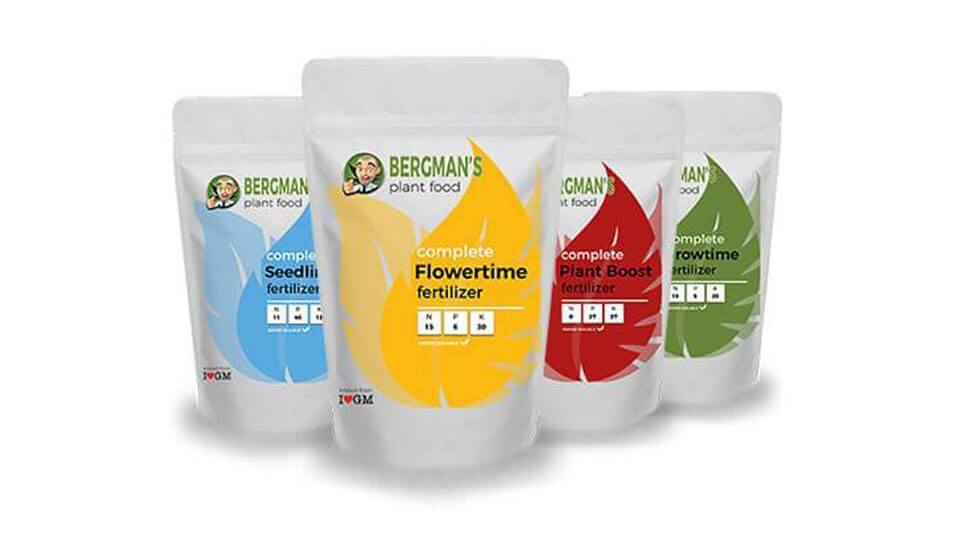
Fertilizers help nutrient-deficient soil sustain the life of a plant by making up for the nutrients or minerals it lacks. It makes the soil fertile and supplements the cannabis with the necessary nutrients. As a result, it grows and produces vigorously.
The base nutrients in fertilizers are nitrogen, phosphorous, and potassium – labeled as NPK. They are often portioned according to the needs of a plant during a certain phase. For instance, a vegetating cannabis plant would need more N in its diet. Nitrogen supports leaf growth which, in turn, helps produce dense foliage. Meanwhile, a marijuana plant in the flowering stage would need more phosphorous and potassium for bud and resin production respectively.
There are a variety of fertilizers that growers can choose from. Organic fertilizers are, perhaps, the best choice as they are affordable and environment-friendly but one is free to check out other types as well.
10. Pesticides
Pests are a huge problem for growers. A single infestation could lead to persistent growing problems that worsen plant health even if the cannabis is considered quite resilient. It could easily plague an entire garden as it continues to multiply or turn into a full-blown outbreak; rendering one’s time and effort useless.
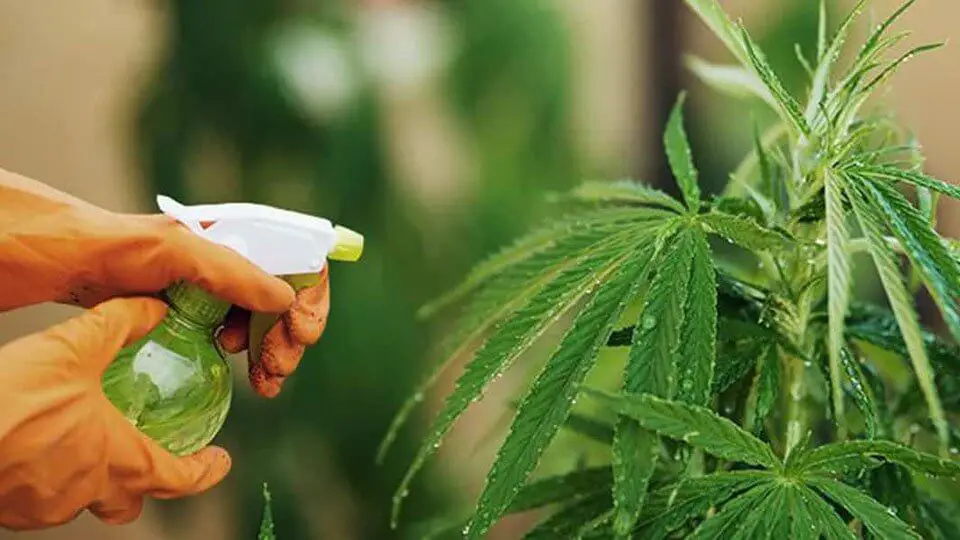
Containing these pesky creatures should be a top priority. And one of the quickest ways to do it is through pesticides, a chemical used to limit, regulate, or kill populations of insects that deter plant health. While available in many gardening stores, there are also easy DIY recipes that use easily-accessible household products.
11. Carbon Dioxide Bags
Carbon dioxide is an essential ingredient to achieving higher yields. The more CO2 a plant consumes for photosynthesis, the more food it creates, the faster its growth, and the better its bud production. The element contributes to a 20% to 30% increase in yield at harvest with a finishing time that is supposedly faster by 15% from the norm. It could also keep the cannabis moisturized especially when it gets too hot in the grow area.
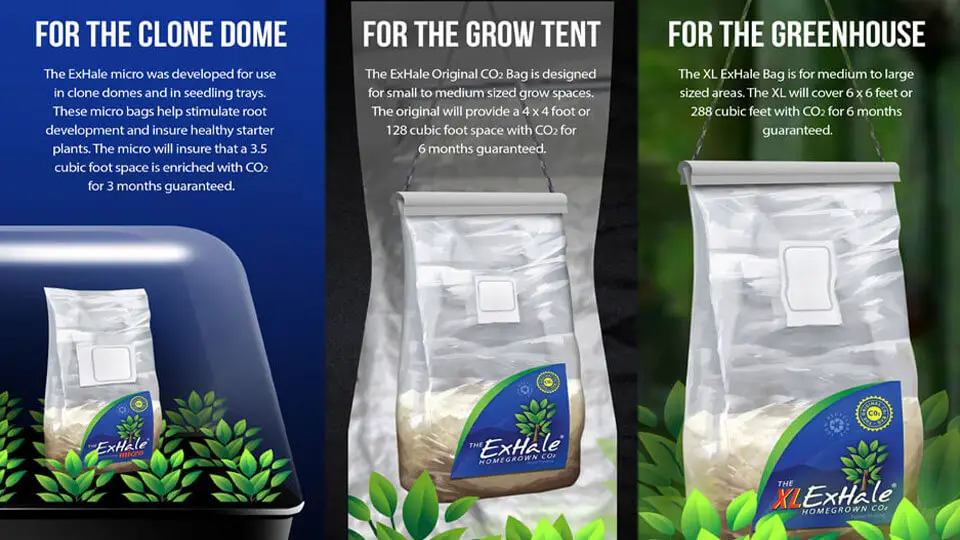
First-time growers can introduce carbon dioxide to their grow through CO2 bags which are less expensive than tanks and generators. They are cost-efficient, simple to use, and easy to set up as it only needs to be hung in an area above the plant. It provides a small cannabis garden with a shower of carbon dioxide.
12. Accessories
Accessories supplement the essential growing supplies and enhances the overall growing experience.
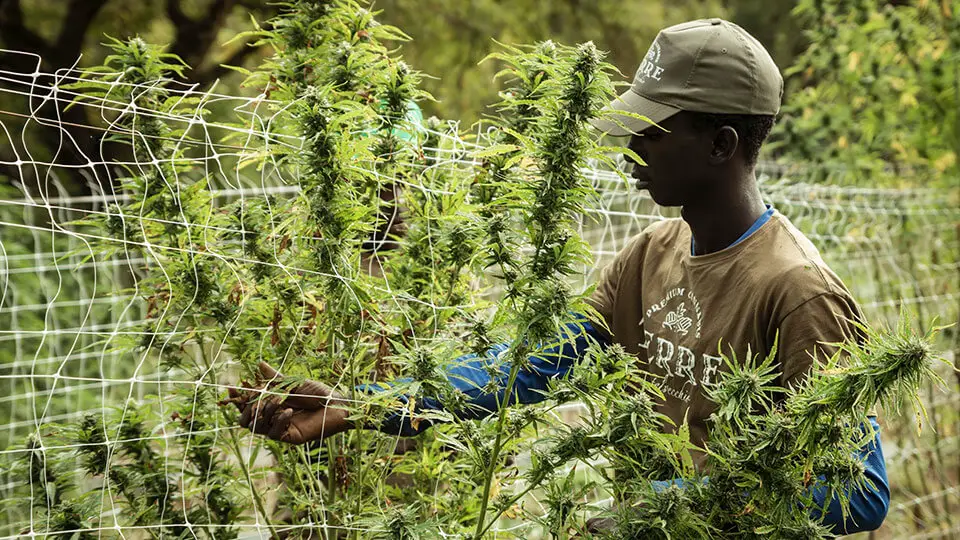
- Carbon Filter. A carbon filter controls the distinct skunky odor of cannabis especially during the flowering phase. It is installed in the exhaust system so it could trap the odor before it oozes out of the grow room. In this way, one can keep horticultural pursuits discreet.
- Pruners Or Scissors. Pruners have various purposes. Some are designed specifically for manicuring buds, while others are for dead wood or branches that need to be removed. Regardless, these are important to have in the grow room. First-time growers could also get away with hardy scissors.
- String & Bamboo Sticks. Some plants need to be trained in order to stay upright or short. Growers can create trellises to provide support for the plant so it does not fall over. For cannabis that are too tall, the same materials could be made into a Screen of Green setup wherein one manages its height by creating an even canopy. Training is also known not just to provide support but also boost yields. Aside from this, however, strings can also be used for hanging drying buds after harvest or even keeping fixtures inside the grow tent stable.
- Gloves. Wearing gloves during handling is important. It removes the risk of contaminating plants as well as spreading disease or infestation. Globes that are latex-free, food-safe, and powderless will further assure that the cannabis is not tainted.
- Protective Eyewear. Grow room glasses protect the eyes from the harmful ultraviolet radiation emitted by grow lights. It also prevents eye strain while going about the regular monitoring routine.
- Duct Tape. Duct tape comes in handy when sealing grow tents, labeling marijuana strains, securing ventilation, securing, and even mounting certain fixtures.
Grow With Your Garden
The most important thing is to not feel pressured to buy everything on this list immediately. Although they are essential and would make the growing process easier, it is still better to slowly ease into a hobby rather than going all out at once. Buy what the plant needs and grow with your garden.

